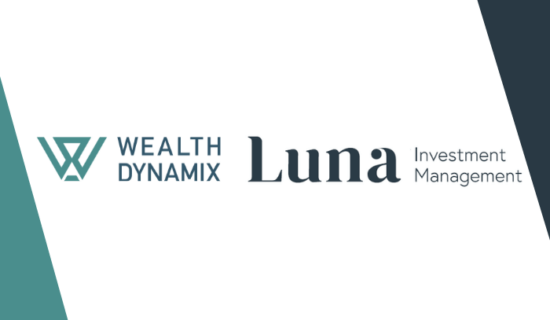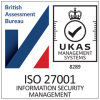The ship has sailed. Remote working will remain, post-Covid, even in wealth and asset management. The debate now centres around the balance between remote and office working, and the long term effects of each.
Schroders was the first London asset manager to take a stance, announcing its decision in August 2020 to offer long-term homeworking. There would be ‘no mandated requirements to be in the office a certain number of days,’ they said. No minimum days, and staff are free to work from anywhere, so long as they work their contracted hours and days.
The Big Four consultancies have followed suit. PwC has pledged to allow employees to work from home, for as long as Covid-19 remains a threat, and a May 2020 Deloitte survey found that 70% of financial services employees rated their working-from-home experience as positive. A further 76% added that they are more productive, due to the lack of commute and fewer distractions – a sentiment echoed by Rathbones fund manager Alexandra Jackson, who has experienced tangible improvements in both work performance and family life.
How is it that remote working has become so universally accepted – even supported – in such a short timescale? The answer is simple: TECHNOLOGY.
Whether we’re talking about embracing the cloud, raising home broadband speeds to uber-fast heights, enabling staff to work with colleagues and customers via instant message and collaboration platforms or even having your morning coffee delivered to your door via a delivery service, it is clear that technology has become the connective tissue that has allowed organisations to shift to remote working without degrading performance. Wealth managers acted faster than expected to embrace technology change, and early indications are that client satisfaction has been unaffected.
So that’s it… or is it? I don’t think so.
Beyond the practicality of working remotely – having a laptop, connected to the right systems, enabling communication with others face-to-face (albeit online) – the vast majority of analysis has been around the ability to be productive, creative and remain compliantly connected.
Wealth managers are now perfectly well-equipped to have one-to-one video conferences with every High Net Worth (HNW) client in their book. On the surface all seems calm and organised – thanks to technology – but what clients are never exposed to is the fast paddling that takes place under the water, to ensure their requirements are met. This requires supreme orchestration across a team of legal, sales, marketing and admin people who normally sit next to each other in pods, sharing sticky notes, documents and conversation, to get the job done.
While most wealth managers are revelling in their success in accelerating technology adoption to pivot to remote working overnight, many have overlooked the impact of remote working across the extended team, throughout the client lifecycle. How much manual administration do client meetings generate, for the relationship manager and his or her team? How much of this is possible to automate remotely, and how successful have wealth managers been in extending their technical prowess to include client lifecycle management?
Too few, in my experience. Simply replacing in-person meetings with Zoom or Microsoft Teams calls, and intra-office operations with remote working, won’t cut it in the long term. These amazingly empowering tools are just one small piece of the internal communications puzzle. In isolation they are unable to facilitate all of the follow-up tasks that arise during video calls, or feed into other phases of the client lifecycle, in a compliant and auditable way. Video chat alone cannot provide a 360-degree view of a client’s preferences, which impacts the ability of a new member of staff to prepare fully for client calls, for example, or a colleague to cover for others in case of absence.
According to Bloomberg, perhaps this is one reason why fund managers are missing the ‘osmosis’ of working in an office, even if almost nobody misses that daily commute. But as long as employees get to choose how often they are in the office – for the long term – wealth managers need to further extend their use of technology to automate as many aspects of the client lifecycle as they can, to ensure compliance and enable cohesive, fully-orchestrated client management.
My prognosis? It’s a simple as this… the majority of wealth managers have only just straddled the first hurdle of remote working, embracing technology to tackle client communications and compliance. There is much more to be done, to ensure quality of service throughout the client lifecycle over time – and there is no way to do this without technology.





